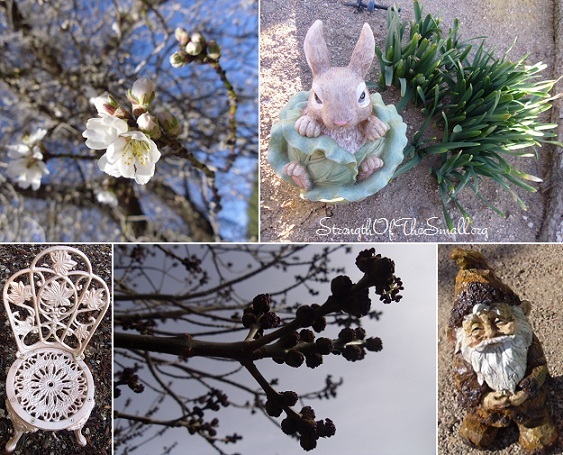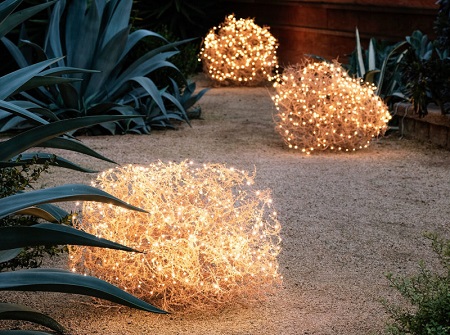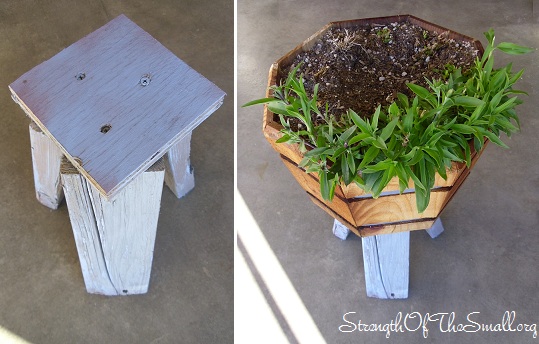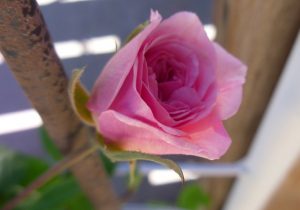After days of cold, high winds and dreary weather, the sun is finally coming through and I am able to get up, get out and get my gardening tools ready for Spring. I love new beginnings as it reminds me of a Rebirth in the Garden when Nature re-awakens and the plants suddenly become aware and start breathing. The days are getting slightly warmer and everything looks so lovely, even the unwanted weeds in the backyard.
The Sweet Almond Tree is starting to bloom. The Raywood Ash or Claret Ash Tree is budding (with wind-pollinated dark purple flowers opening). Daffodils, Daylilies, Violet Queen, Birgi® Lily, Belladonna Amaryllis, Hyacinth, Grape Hyacinth, Imprimis Bearded Iris, Tulips and other bulbs have been sprouting over the past few weeks.

I started weeding yesterday and I was amazed at how much I was able to accomplish. I have noticed that the best time for me to weed is a couple of weeks before Spring (when the soil is still slightly moist from rain and/or snow) and I always start early to have everything done before Summer (when brush fire warnings are high). Here in the High Desert we have a variety of weeds (most of which are Tumbleweeds) growing in our yards as well as the open land around us. It is much easier to pull them up when they are small because their thorns are still tender. As they mature, they break at their roots spreading their seeds on their way as they are driven about by the wind. Quite messy and dangerous. As funny as it is watching them spin around; it’s all laughs until a bunch of them end up in your yard, underneath your car or you get injured by the thorns.
Ideas for Tumbleweeds
Well, you know how the saying goes: “when you live with tumbleweeds, you end up finding uses for them.” Looking for decor ideas and unique inspirations for your Home? Check out how other people entertain themselves and or make a living using Tumbleweeds. I particularly like the Tumbleweed on Panel and the Living Tree Art.

How about Tumbleweeds to compliment a Flower Bouquet or to use as a lamp shade? Possibilities are endless.


Image Source: Sunset.com.
Are you overwhelmed with the plants growing in your garden and can’t tell if they are weeds or not, if they are toxic or not, if they have healing properties or not? Are the plants looking so lovely that you are divided between keeping them or getting rid of them? You may find helpful information in the following links.
- Helpful Weed Identification Guide (Print or Download a PDF file here).
- Tips on Getting Rid of Weeds (Print or Download a PDF file here).
- More Ways to Get Rid of Weeds
- The Healing Weeds in Your Yard
Happy Gardening!



















